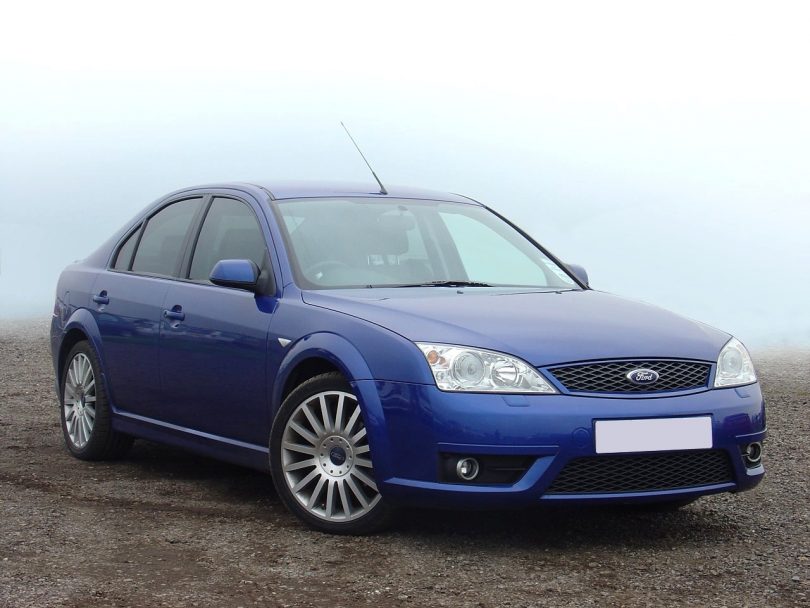If you plan on owning a car for any length of time you’re likely to encounter problems with rust. Your paint job can become damaged in some way, frequent storms might cause moisture to affect the underside of your auto, or rust might develop because of exposure to air. The point is, automobiles are prone to developing rusty patches and naturally this is a problem that needs to be dealt with as soon as possible if you want to increase the mechanical viability and visual appeal of your car over a longer period of time.
First off, you’ll likely need some basic equipment, like:
- A respirator, dust mask or some other form of breathing filter
- Sturdy work gloves that aren’t easily pierced by sharp metal edges or points
- Safety glasses
- Masking tape
- Heavy-duty garbage backs, plastic or a tarp
- Spray paint
- Primer that’s designed for metal surfaces
- Dual action sander
- 400 grit wet sandpaper
Next, you’ll need to isolate the area you’re working on with heavy duty garbage bags, plastic or a tarp. The idea is to completely cover the areas that are okay and seal them off with the masking tape so that no particles of paint can seep through and damage the entire paint job. If you’re only touching up one or two spots, this is a relatively easy proposition, if you’re dealing with lots of rust patches; it might take a while longer to set up. Once you’re finished you should only be able to see the rust patches and 3-6 inches of the unaffected paint job surrounding them. The rusted area should be entirely surrounded by tape when finished.
Now, take your dual action sander (starting with a lower grit at first {80-100} and moving up to higher grit {150+}) and begin removing the paint, primer and rusted spot(s) in a gentle circular motion. When finished you should have a completely smooth surface that devoid of rust. If you find that the rust is very deeply imbedded you might need to switch over to a grinding wheel to remove it. If you have to do this, just be careful not to bore through the surface entirely.
Once you have a smooth, bare surface to work with, spray on at least 3 coats with your metal primer and let it dry / set overnight. Next, use your 400 grit wet sandpaper to prepare the surface for the paint. Once you’ve effectively “de-glossed” the area, wipe it down with soapy water and let dry.
Finally, take your color spray and coat the primed area several times until you see a smooth, consistent surface that’s blending well. Let that set for at least 24 hours before you remove the protective cover and tape. Lastly, consider buffing the edges where the new paint meets the old paint and/or adding a clear coat as a final step. If you add a clear cost, allow 24 hours or more for the curing process to take hold; also, never wash or wax a car (for at least a month) after completing a paint job.
Congratulations, you have just fixed a rusted spot on your car, good work!







